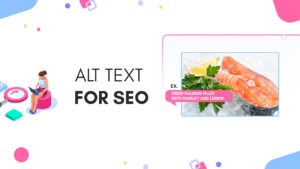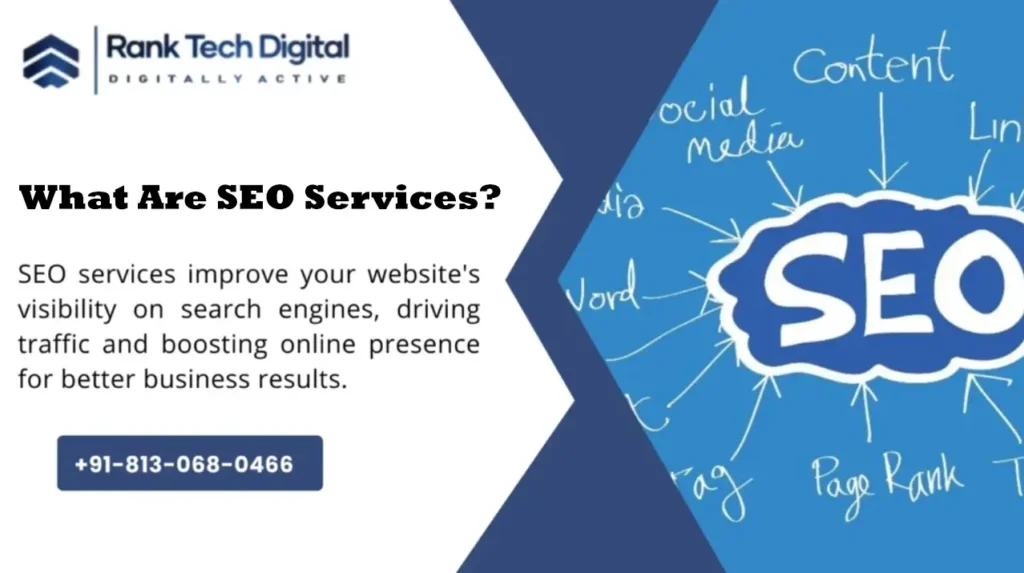Boost your SEO with strategic Alt-Text. 8 Ways To Supercharge Your Alt Text SEO Strategy
Alt text. It’s important for SEO. There is no doubt that alt-text plays a factor in Google’s ranking algorithms. It has become more important than ever before to describe your images to web crawlers as visual search has become increasingly popular.
However, how can you make alt-text even more effective than just a short sentence?
It is important to understand that alt-text is like any other element of SEO – it benefits from a strategy. Today we learn the importance of alt-text in SEO.
Table of Contents
ToggleWhat is Alt Text?
A brief explanation of a picture that is used to give context for the image when it cannot be displayed is referred to as alt text, also known as alternative text. When a picture may be blocked by a browser extension, the user may have a Slow internet connection, or the user may be blind and using a screen reader. These are just a few of the possible causes for this to occur.

Alt Text is Important for main two reasons :
-
Accessibility:
Alt text allows visually impaired users to understand the content of images on a website. Screen readers will read the alt-text aloud so that users can understand what the image is about.
-
SEO:
Alt-text can help improve a website’s search engine ranking. When Google and other search engines crawl a website, they look at the alt-text of images to understand what the images are about. This information can help search engines rank the website more highly for relevant search queries.
Here are 8 ways to supercharge your alt text SEO strategy:
Write descriptive alt-text:
The alt text should accurately describe the image and its content. It should be clear and concise, and it should be written in a way that makes sense to someone who cannot see the image.
Use keywords in your alt text:
The alt text can be a great opportunity to include relevant keywords that will help your website rank higher in search results. However, don’t overdo it. The alt-text should still be descriptive and make sense, even if the keywords are removed.
Keep your alt-text short and sweet:
The alt-text should be no more than 125 characters long. This is the maximum length that Google will display in search results.
Use proper grammar and punctuation:
The alt-text should be written in proper grammar and punctuation. This will make it easier for screen readers to read and understand.
Use alt text for all of your images:
Every image on your website should have alt text. This includes images that are decorative or that don’t contain any important information.
Test your alt-text:
Use a screen reader to test your alt-text and make sure that it is accurate and understandable.
Update your alt-text regularly:
As you add new content to your website, you should also update the alt text of your existing images. This will make it easier to make sure that your website is both SEO-friendly and constantly accessible.
Use a tool to help you write alt-text:
There are many tools available in the market that can help you write alt-text. These tools can help you to generate alt-text that is descriptive, keyword-rich, and properly formatted.
In conclusion,
We know the importance of alt text in SEO. By following the tips in this article, you can write alt-text that is both descriptive and keyword-rich, helping to improve the accessibility and ranking of your website. By following these tips, you can ensure that your website is accessible and SEO-friendly and that your images are providing the best possible experience for all users.







 Gaithersburg MD, USA
Gaithersburg MD, USA